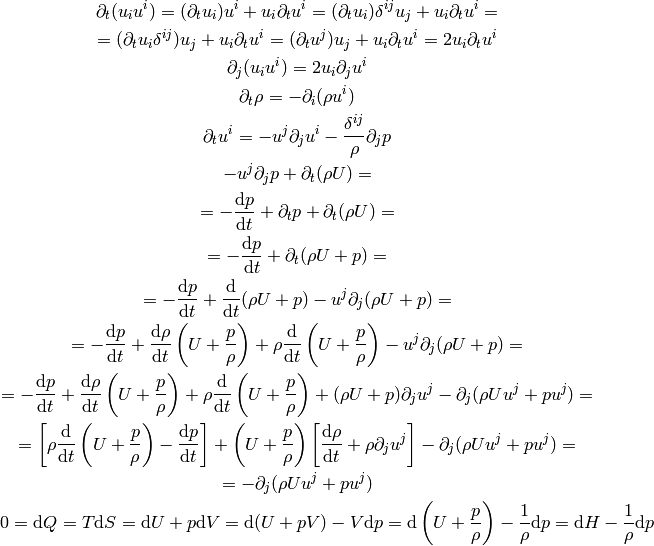

The units for all the different forms of energy in Bernoulli’s equation can also be measured in distance units. In fluid dynamics, the head is a concept that relates the energy in an incompressible fluid to the height of an equivalent static column of that fluid. It can be used to determine a hydraulic gradient between two or more points. In general, the hydraulic head, or total head, is a measure of the potential of fluid at the measurement point. In the following section, these methods are summarized from the simplest to the most sophisticated.
Fluid dynamics calculator how to#
There are several methods how to calculate head loss from fittings, bends, and elbows. K is the sum of all of the loss coefficients in the length of pipe, each contributing to the overall head loss. Like pipe friction, the minor losses are r oughly proportional to the square of the flow rate, and therefore they can be easily integrated into the Darcy-Weisbach equation. The data, especially for valves, are somewhat dependent upon the particular manufacturer’s design. The minor losses are commonly measured experimentally. For relatively short pipe systems, with a relatively large number of bends and fittings, minor losses can easily exceed major losses (especially with a partially closed valve that can cause a greater pressure loss than a long pipe when a valve is closed or nearly closed, the minor loss is infinite). Such losses are generally termed minor losses, although they often account for a major portion of the head loss. These additional components add to the overall head loss of the system. Minor Head Loss – Local LossesĪny piping system contains different technological elements in the industry, such as bends, fittings, valves, or heated channels. See more: TWO-PHASE FRICTIONAL PRESSURE LOSS IN HORIZONTAL BUBBLY FLOW WITH 90-DEGREE BEND. The two-phase pressure loss due to local flow obstructions is treated like the single-phase frictional losses – via local loss multiplier.

Single-phase minor losses are commonly measured experimentally. How to calculate the local pressure drop for two-phase fluid flow? As a local pressure loss, fluid acceleration in a heated channel can also be considered.The minor losses are roughly proportional to the square of the flow rate, and therefore they can be easily integrated into the Darcy-Weisbach equation through resistance coefficient K.A special form of Darcy’s equation can be used to calculate minor losses.This coefficient characterizes pressure loss of a certain hydraulic system or a part of a hydraulic system. Sometimes, engineers use the pressure loss coefficient, PLC.Minor Head Loss – due to components as valves, bends….Major Head Loss – due to friction in straight pipes.

Head loss of the hydraulic system is divided into two main categories:.In fluid flow, minor head loss or local loss is the loss of pressure or “head” in pipe flow due to the components as bends, fittings, valves, or heated channels. Article Summary & FAQs What is minor head loss?


 0 kommentar(er)
0 kommentar(er)
